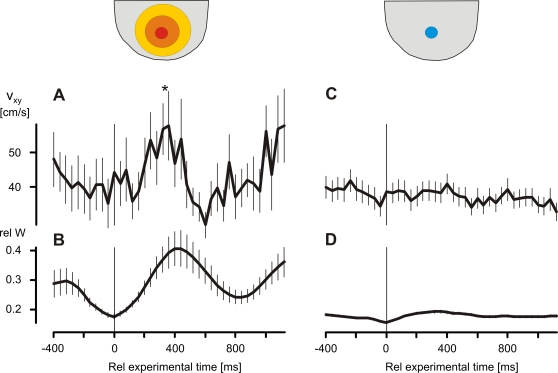Figure 10. Hornets' responses regarding the flight velocity vxy to big-scale (A,B) and small-scale (C,D) shimmering waves (scenario A).
Big-scale and small-scale waves were categorized according to a threshold of 40% of the maximal waving strength (cf. Fig. 2). The peak in flight velocity vxy of big-scale wave episodes (A) from 240 to 360 ms after the onset of wave significantly differs from pre-wave vxy values (*, P<0.05, One-way Repeated Measures ANOVA; 15 episodes). Small-scale waves (C,D) obviously do not affect the flight speed vxy of the hornet. Note, that the acceleration pulse of the hornet (A) coincides with the time courses of big-scale waves (B). Abscissa, experimental time in ms; time zero defines the start of shimmering; lines connect arithmetical means, vertical bars give SEM. The sketches above the graphs symbolize big-scale waves (red-orange areas) as spreading over the nest, while small-scale waves (blue area) remain local processes.

